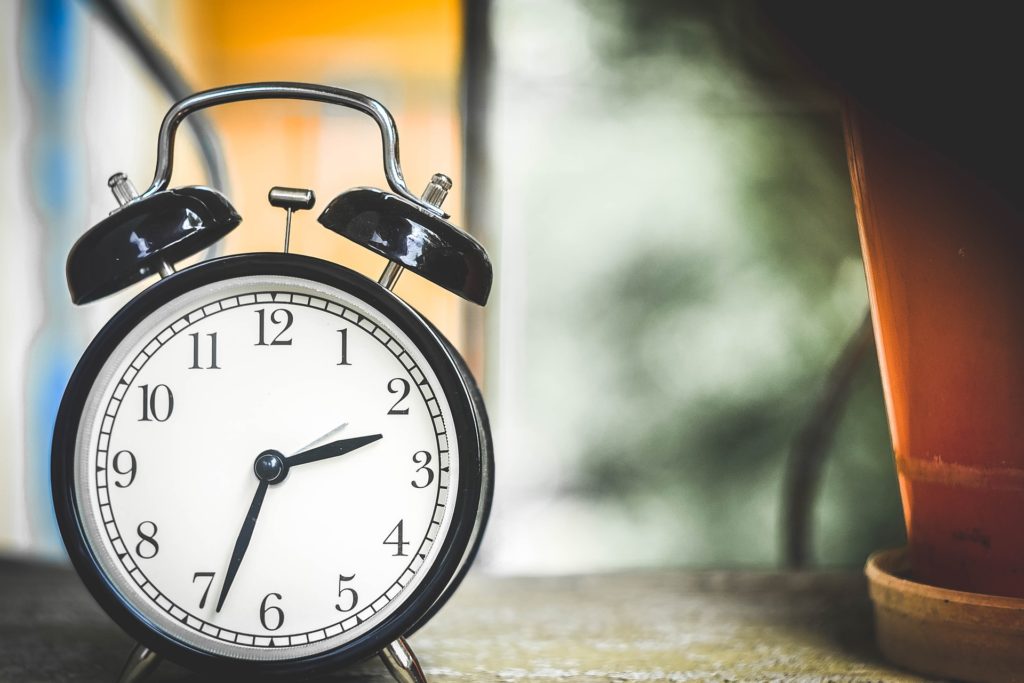
When you own a home, you may be required to pay supplemental property taxes, which have been in place within California since 1983. If you plan on purchasing a property in the near future or are looking to make a substantial renovation to your current home, it’s likely that you will need to pay these taxes, which are eventually converted into a lien on the home when the property changes ownership or when your new home has been built. The taxes will only be issued to you once the home has been reappraised, which can take anywhere from a few days to upwards of six months.
The taxes that are gathered from this tax bill are used to improve schools around California. While most new homeowners will need to pay taxes, it’s actually possible to receive a refund if the reassessed property value is lower than the previous property value.
Before you purchase a new home or make a large renovation, it’s important that you understand what supplemental property taxes entail, which is discussed in detail within the following article.
California Supplemental Property Tax

A supplemental property tax in California occurs when the value of a property is reassessed, which can take place when there’s a change in ownership or when a renovation has been made to a home. The tax bill that the new homeowner can receive is dictated by the decrease or increase in the amount of property taxes that are necessary for you to pay. The assessed value of the property in question is typically determined by the amount you pay for the property. Higher home values equate to a higher property tax.
The amount of tax that you pay depends mainly on when you move into the home that you’ve purchased. Property taxes are levied once per year on July 1, which means that you will invariably pay a higher supplemental property tax if you move into your new home in August as opposed to May. However, a second bill will eventually be sent to you to take care of the remaining tax. The tax officially becomes effective on the first day following the month in which you purchased the property. A pro-ration factor is used to determine how much taxes you will need to pay.
These rules also apply if you are constructing an addition or improvement to your home. If any improvement to your home results in a significant increase in its value, you may be required to pay a tax bill once the value of the home has been reassessed. If you’re planning on making renovations to your home, you should factor the supplemental property taxes that you will need to pay into your budget.
Negative Supplemental Bills
The amount that’s taxed is calculated by subtracting the old value of the property from the reassessed value of the home. If the current value of the home is $300,000 with the prior assessed value being $200,000, the supplemental assessment increase will be $100,000.
However, there are times when the reassessed value of the property is lower than the prior assessed value. In this case, you may be able to receive a refund as long as you make sure to pay your annual property tax bill. Keep in mind that the refund you receive can be applied to other open bills that you might have.
How Much Are Supplemental Property Taxes

While supplemental property taxes may seem difficult to understand, calculating these taxes is a relatively straightforward process. The supplemental assessment value is calculated by subtracting the prior assessed value from the reassessed value. If the home that you’ve just purchased is worth $100,000 more than the last time its value was assessed, this is the supplemental amount that will be taxed. The tax rate for this amount is one percent, which means that you will be required to pay around $1,000.
However, it’s important to understand that a monthly pro-ration factor will be used to determine how much of this $1,000 bill you will owe. The pro-ration factor represents the amount of months that remain within the fiscal year following the month that you purchased the home. However, the tax bills are only pro-rated through July 1 of the year in which the home is purchased. If you purchase the home in January, the pro-ration factor is .42, which means that you would owe $420. If you purchase the home in June, the assessment would occur in July, which gives you a pro-ration factor of 1.0 and a total amount due of $1,000.
The pro-ration factor for each month is as follows:
- January – .42
- February – .33
- March – .25
- April – .17
- May – .08
- June – 1.00
- July – .92
- August – .83
- September – .75
- October – .67
- November – .58
- December – .50
With these factors in mind, you should be able to identify how much you will owe in supplemental property taxes. Keep in mind that you might actually receive a refund if the reassessed value of the home is lower than the prior assessed value. Another thing you should understand about your supplemental property taxes is that you could actually receive two bills.
There are three scenarios where a homeowner could receive a second supplemental property tax bill.
- The first scenario occurs if the supplemental event of you buying a home or finishing a renovation on a home occurs between January 1 and May 31. The first bill will include the pro-rated amount from before the end of the fiscal year that concludes on July 1. The second bill will be sent to account for the subsequent fiscal year that’s affected by the event.
- The second scenario occurs if the prior owner of the home had a supplemental event in the same fiscal year, which can sometimes occur if the home has previously been foreclosed on.
- The third and final scenario involves multiple supplemental events taking place while you own the property. However, this is rare.
How Does It Affect Me?

While your main focus should be on the annual property taxes that you will be required to pay as a new homeowner, you should still take note of the supplemental property taxes to avoid being surprised about an extra bill shortly after you move into your new home. This bill is a one-time tax, which means that all you need to do is pay the supplemental property taxes the first time and then forget about it while you remain the owner of the home.
Being aware of these property taxes is important because they work the exact same way that standard property taxes do. If you don’t pay this bill on time, a penalty will be assessed that increases the amount that you owe. Once these taxes have been delinquent for five years, the tax collector will have the ability to sell your home. It’s also important to know how these taxes work because you might qualify for a refund. If you were issued a tax bill incorrectly but were supposed to receive a refund, knowing how these taxes work will help you identify the error and file an appeal before it’s too late.
While your supplemental property taxes can be high, it’s possible to obtain a Homeowner’s Exemption that lowers the amount of money you owe. If this property is going to be your primary place of residence, you might qualify for a Homeowner’s Exemption that will subtract $7,000 from the assessed value of the supplemental tax bill. Even though this won’t significantly change the amount you owe, it should be provide some relief from the amount of bills you need to pay in the months after you move into your new home.
When Will I Receive My Supplemental Bill and Supplemental Refund?

If you’re wondering when you will receive your supplemental bill or supplemental refund, there is no exact timeline. If you owe money via a supplemental bill, you will need to wait for the home to be reappraised, which can take anywhere from a few days to six months after you’ve moved into the home. The timeline largely depends on the workload that the assessor has at the time.
If you believe that you should receive a supplemental refund, the Assessor’s Office will officially mail a Notice of Supplemental Assessment towards the end of the month after the property has been reassessed, which is on the same timeline as a supplemental bill. Once you receive the notice, the Assessor’s Office will hold the current assessment for at least 30 days to make sure that you have reviewed the assessed value and have filed any exemption that might be applicable to your situation.
When this time has passed, the assessment will be sent to an auditor who authorizes the supplemental refund. However, this refund won’t be issued by the Auditor’s Office until your annual tax bill has been paid. Once you have paid your bill, you may need to wait up to 90 business days until your supplemental refund is issued.
Understanding Supplemental Property Taxes

It’s important to understand supplemental property taxes because one small error can significantly change the amount you owe. If the reassessment was incorrect, you may be owed a refund, which can only be determined if you understand supplemental property taxes and how they work. Not paying these taxes can also result in you losing your home, which is why you should have some idea of what these taxes entail and why you owe them. These taxes are levied because any changes in the value of the property mean that the property taxes will be different, which is accounted for with the supplemental property tax.
These taxes only affect you if you have made a significant improvement to your current property or if you are the recipient of a change in ownership. If you are selling your home, the buyer will be required to pay the property taxes. In most cases, the value of a home won’t change too much from the last time its value was assessed, which is why most homeowners don’t owe much when they receive their supplemental property bill.
If you want to know more about supplemental property taxes and how they might apply to you when you purchase a new home, get in touch with Nicki and Karen today!